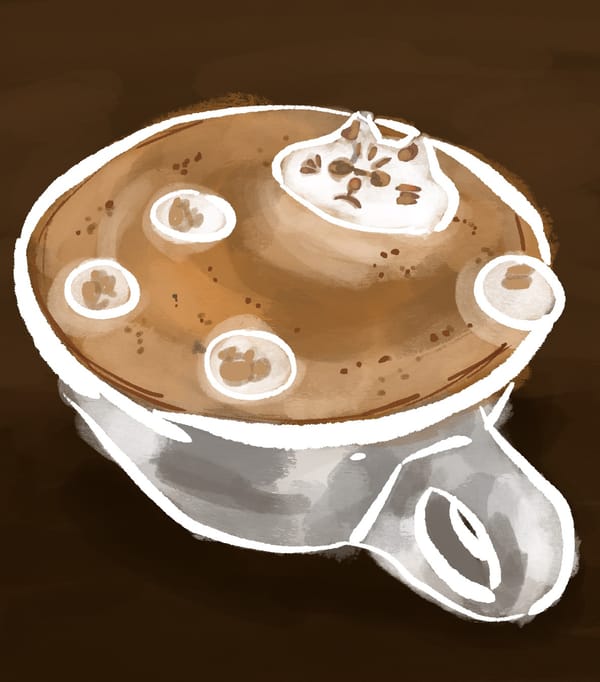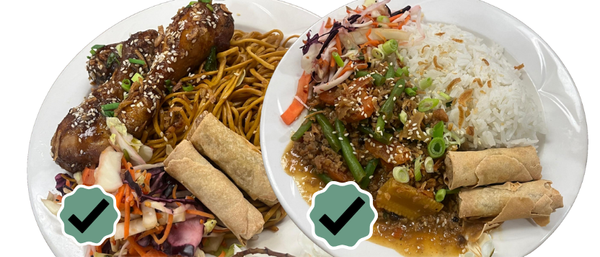Did we forget the lactose?
Chocolate, cheese and Oreos can be virtually lactose-free without gene intervention or special additives.
Lactose is a sugar found in animal-based milk and the base for yoghurts, butter, cheese and creams. Lactose is broken down by the body by the enzyme lactase, of which a deficiency leads to symptoms of abdominal pain (cramps), bloating, diarrhoea, and flatulence. Lactose intolerance can occur due to genetically driven low production of lactase in the body, often experienced by people of Asian and African ethnicity. Over-the-counter medication with the lactase enzyme can be ingested before a lactose-meal to help digest it but no permanent treatment exists. This means, most non-severe intolerant people are recommended to avoid lactose-based foods, however this does not have to be all chocolates, cheeses or Oreos.
Chocolate
Chocolate bars with a concentration of 70% and above are naturally lactose-free and vegan-friendly as they do not contain any milk. The bitterness is offset by added sugar, not by lactose. However, most chocolate bars will be produced in the same factories, hence 70+% chocolate bars are not suitable for those with severe lactose intolerances.
Cheese
Cheese has one rule with lactose: the older the cheese, the less lactose. This is as lactose ferments into lactic acid over time. “Virtually lactose-free” cheeses are defined to have a lactose percentage below 2–3%, or 2–3 grams of lactose per 100 grams. For reference, one serving of milk has 4.8% lactose — enough to cause abdominal discomfort. An easily remembered rule is that hard cheeses, such as Cheddar, Feta and Parmesan are lactose-free. Some medium and soft cheeses also have less than 3% lactose per serving. Muenster, Provolone, Gouda, Swiss, Havarti and Limburger are possible alternatives for lactose intolerance cheese-lovers. Not all, but some soft cheeses such as Camembert and Brie also work.
Sorbets
Sorbets are naturally lactose-free, yet sold in the ice cream aisle of grocers and in ice cream shops. Unlike ice cream, Sorbet is made of fruit juice, sugar and water, and comes mostly in fruity and herbal flavours such as lemon, raspberry, mint or in some instances, chocolate.
Oreos
Original Oreos are made without milk despite having a soft-white center that could indicate a presence of milk. This center consists of sugar, vanilla and vegetable shortening. A similar misconception may be placed onto marshmallows which are just sugar, gelatin and water. Flavoured and special-edition Oreos are the exception. These may be dipped in milk chocolate, such as the Cadbury covered Oreos.
Don't forget there is lactose here
Lactose can be found in no other natural sources than cow, goat or human milk, and though intuitively lactose would be found in milk derivatives, this may not always be explicitly marketed. Brioche is a soft and buttery bread made with milk as well as whey protein, the most popular protein supplement in vegetarian protein powders and protein bars. Many products will have milk powder mentioned deep into their ingredients list, such as baked beans, crackers or cocoa powder and though marked in bold, may be overseen. This holds especially for flavoured savoury snacks. Honey-mustard or spicy and smoked flavoured crisps, pretzels or crackers can have milk powder added in small quantities.









